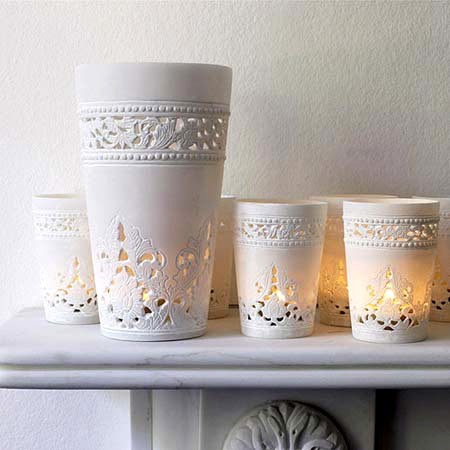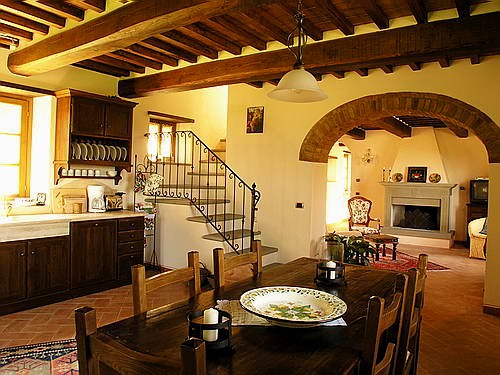Estilos de Decoração de interiores
Estilos de Decoração
Não é de admirar que as pessoas fiquem confusas quando se fala sobre estilos de decoração de interiores, uma vez que existem mais estilos de decoração, do que países no mundo. E, para além disso, diferentes interpretações dão origem a diferentes resultados, os estilos de decoração são muitas vezes uma questão de interpretação, e cada decorador ou designers de interiores, pode interpretar o estilo sob a sua prespectiva. A interpretação dos estilos de decoração também é influenciada pela cultura.
Regras de decoração
Embora raramente haja regras rígidas sobre os diferentes estilos de decoração, há certas características que são comuns a cada estilo. Conheça, abaixo, cada um desses estilos de decoração de interiores para encontrar o seu próprio estilo de decoração. Mas lembre-se não há “regras”! Se encontrar mais de um estilo de decoração que gosta, basta combiná-los com gosto, para obter um excelente resultado!
Tipos de estilos de decoração
- Decoração de interiores estilo victorianoNa decoração estilo vitoriano todos os detalhes são pensados e a ornamentação, opulência e formalidade ganham estilo.

- Decoração de interiores estilo tradicional
O estilo tradicional de decoração continua a ser o estilo mais popular de decoração.
- Decoração de interiores estilo moderno
Os termos “moderno” e “contemporâneo” são frequentemente usados, alternadamente. No entanto, os dois estilos de decoração são bastante diferentes.
- Decoração de interiores estilo contemporâneo
Enquanto o estilo tradicional ainda é o estilo mais popular, o estilo contemporâneo está provavelmente muito próximo do segundo lugar.
- Decoração de interiores Shabby ChicShabby Chic é um estilo que foi criado e popularizado pelo designer Rachel Ashwell no final dos anos 80 e início dos anos 90. Este estilo continua a ser popular, hoje.
- Decoração de interiores estilo marroquino
Influenciado pelas vistas, sons, cheiros e cores do Norte Africano, o estilo marroquino foi adquiridindo popularidade ao longo dos últimos anos.

- Decoração de interiores estilo countryO estilo country atingiu o seu auge de popularidade nos anos 80 e inícios dos anos 90, contudo ainda é muito popular.
- Decoração de interiores estilo francês
A decoração francesa traz as cores e texturas da França rural, para criar um interior acolhedor e convidativo.
- Decoração de interiores estilo handmadeEste estilo de decoração concentra-se em elementos naturais, nos bosques bonitos, e na qualidade e detalhes artesanais.
- Decoração de interiores estilo toscano
A decoração estilo toscano, que é extremamente popular agora, traz para os sentidos as cores e texturas do interior italiano.

- Decoração de interiores estilo Art Deco
O estilo Art Deco tornou-se popular na década de 1920 e 1930, e é caracterizada pelo uso de superfícies espelhadas, alumínio, aço inoxidável e vidro.
- Decoração de interiores estilo mexicanoA decoração estilo mexicano celebra as cores vibrantes e tecidos bonitos do México.
Estes são os alguns dos estilos de decoração mas populares, escolha o seu e comece a decorar a sua casa.


 `
`





